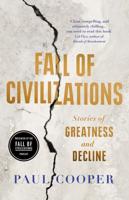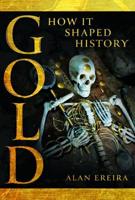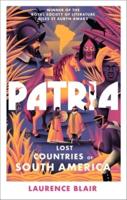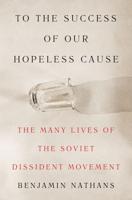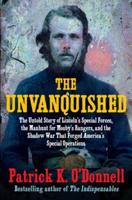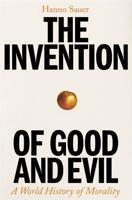Publisher's Synopsis
"THE MURDERS OF IVY METHVIN AND HENRY METHVIN ARE REVEALED. VENGENCE IS SWEET, SAYS CLYDE." They were not, in real life, exactly like the Bonnie and Clyde as depicted in the 1967 movie Bonnie and Clyde directed by Arthur Penn nor the two-part television miniseries which was aired on Sunday and Monday, December 8-9, 2015. The real Bonnie and Clyde were the media sensations of their day, though if Clyde Chestnut Barrow hadn't teamed up with Bonnie Elizabeth Parker, he might have only been looked at as a minor gun-toting punk from Texas, according to author-historian, Jeff Guinn, if you can take his word for anything. Bonnie and Clyde met sometime in early 1929. They began their criminal careers as a team in 1930 not 1932 as history claims. 1932 was when Clyde, with the aid of Bonnie, broke out of prison. Their career and romance of endless love lasted 4 years long - they died in a hail of bullets on May 23, 1934. The duo, along with other members of their gang, like Clyde's brother Buck and his wife Blanche, took part in about 100 robberies. Some were better planned than others, and went off without a hitch, while others were botched. Though the bigger robberies that Bonnie and Clyde and their gang committed are remembered the most, the majority of their robberies were of gas stations and small rural grocery stores. Often, these sorts of robberies were just barely enough to finance their lifestyles until their next robbery. They certainly didn't get rich through their criminal activities, though their robberies of banks did enrich their coffers and add to their fame. Fame is what they were looking for, and Bonnie and Clyde wanted to make a good impression by their appearance. Clyde took pains to have regular haircuts, and they both dressed in stylish clothes. The illicit love that Bonnie and Clyde shared, along with the trail of dead bodies they left behind, of course, also added to their fascination in the public's eye, as Americans read about their exploits in the newspapers of the day. Bonnie and Clyde and their gang were responsible for the deaths of at least four civilians and nine police officers. Clyde Barrow wasn't always the person who did the killings, but he was behind many of them. He was definitely not the romantic type that he's sometimes been portrayed as being, though he did have a softer side to his character, and he did genuinely love Bonnie. Reports that Bonnie was a cold-blooded killer like Clyde are just one of the fallacies about the lives and criminal careers of Bonnie and Clyde. Many of the details of their criminal lives have been lost to the sands of time, if they were ever recorded in the first place. However, Bonnie's role in the crimes has probably been exaggerated. Eye-witnesses of the time have stated that Bonnie didn't fire a gun very often, and they are also in agreement that she likely never took part in shooting anyone. In cartoons, pulp detective magazines, newsreels, and newspapers, Bonnie was often portrayed as being a machine gun toting killer. Yet, W.D. Jones, a member of their gang, couldn't remember a time when she ever fired at any police officers.There is a tale from Bonnie and Clyde's heyday that Bonnie finished off a policeman with a bullet to his head, and that she made a joke about how the cop's head bounced. That report has been discredited, though, and it is just one more of the fallacies that got to be a part of the lore about Bonnie and Clyde. On June 10, 1933, Clyde Barrow totaled their car in a wreck. Bonnie's leg was badly burnt in the accident. She wasn't able to get proper medical attention, and by the end of their criminal careers, she had problems even walking. She could not have run over to the Grapevine Patrolman to shoot him in the head. This in itself nullified the witness report of what happened. Besides he was at least two football field lengths away from the scene. At the end of their careers Bonnie could barely walk.

